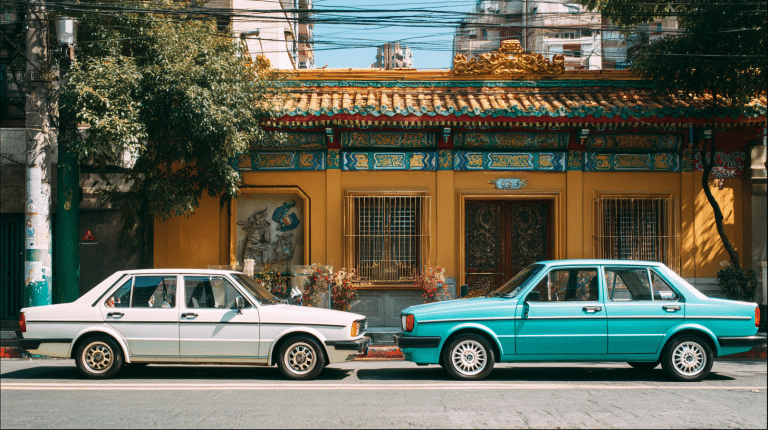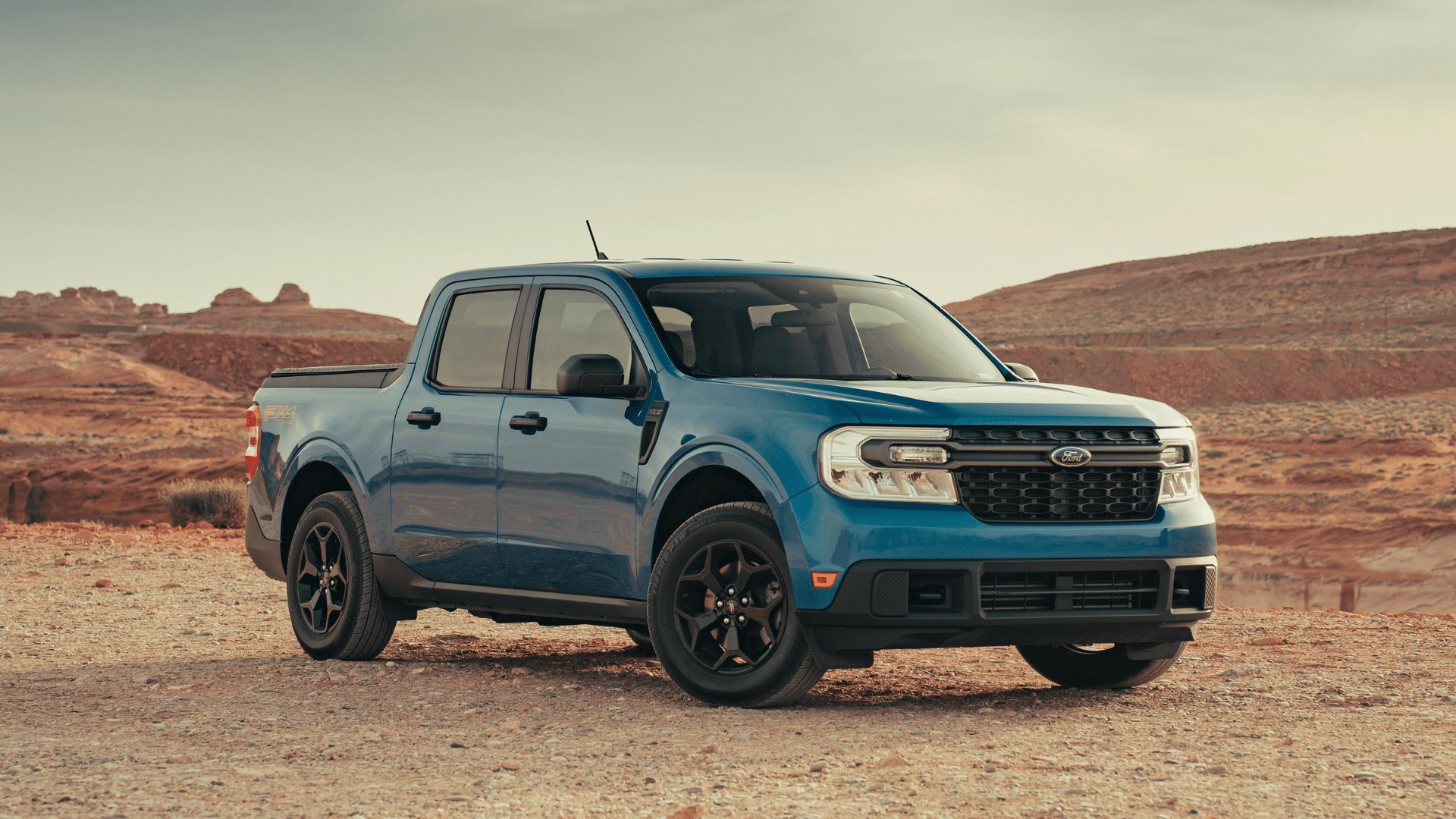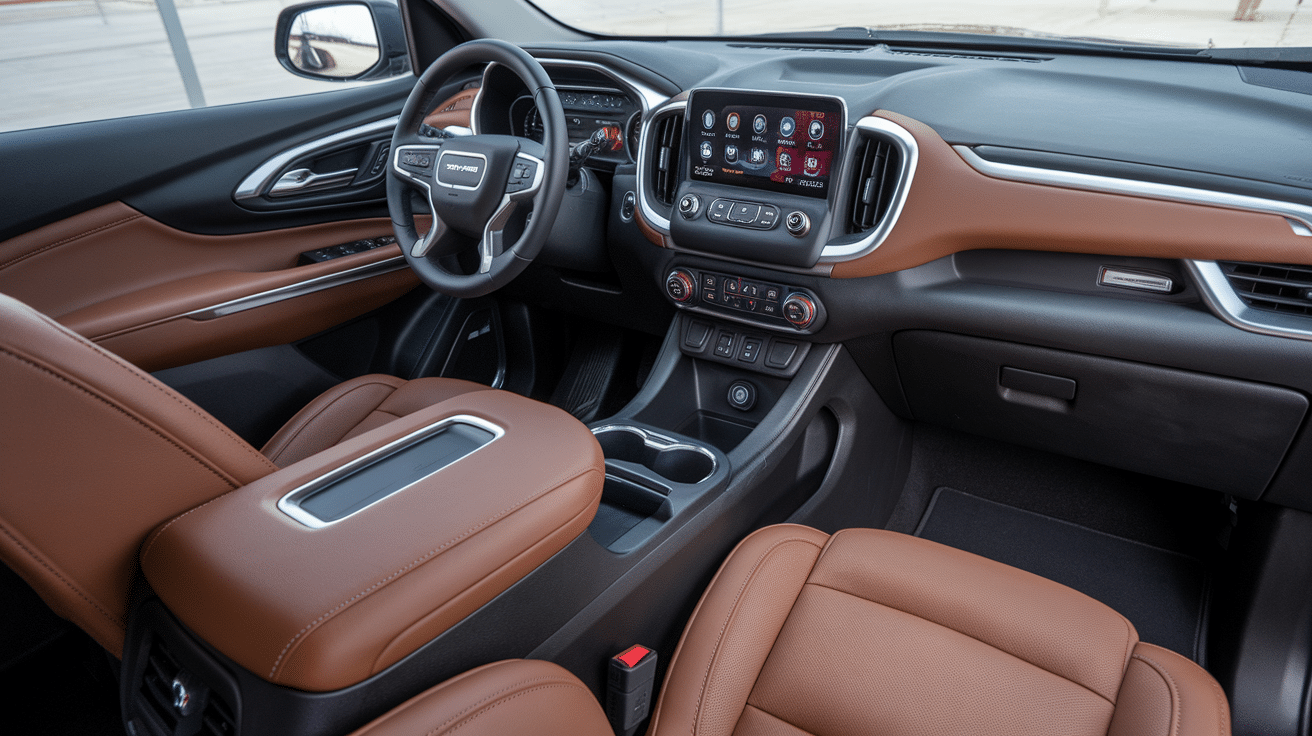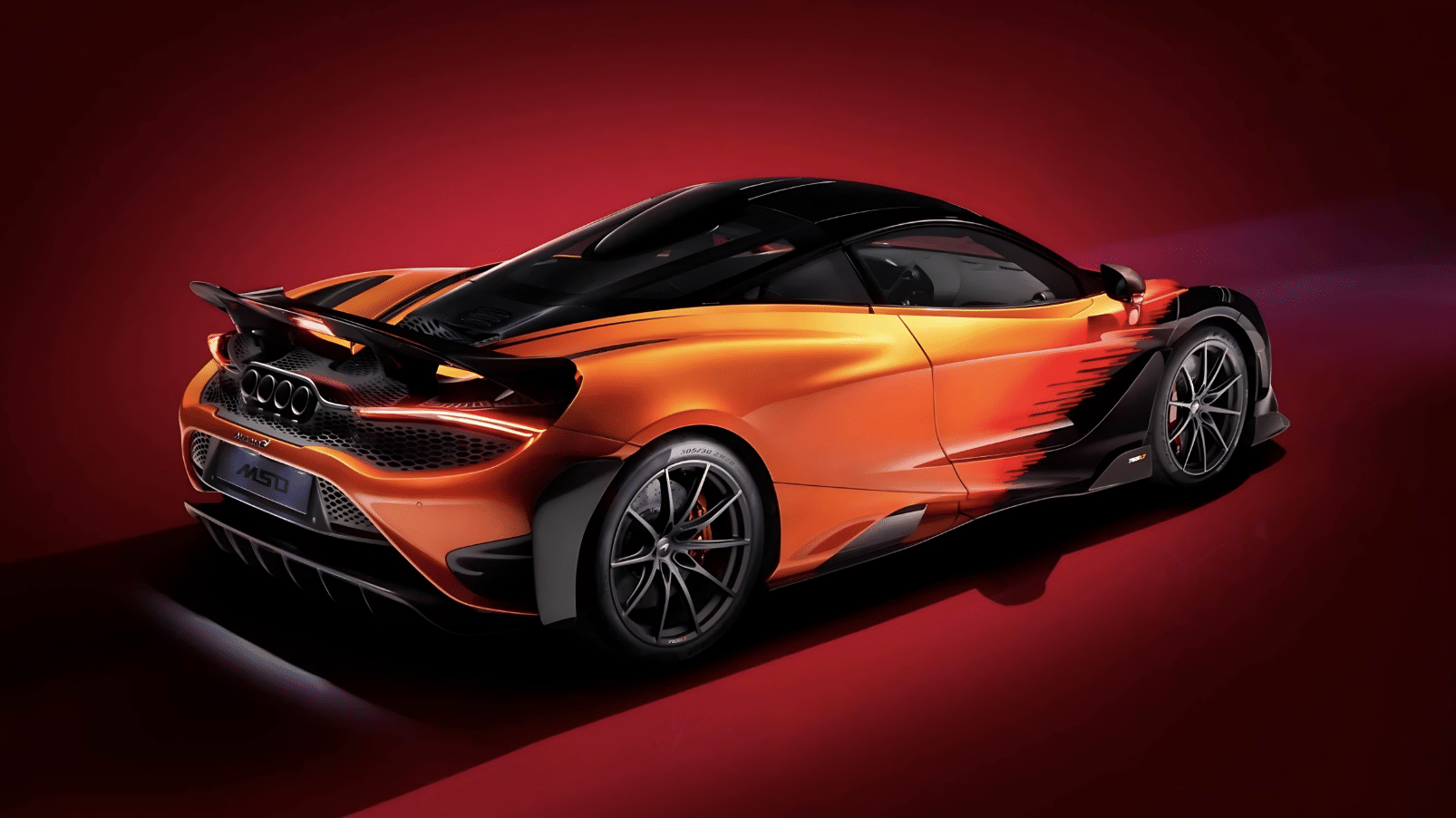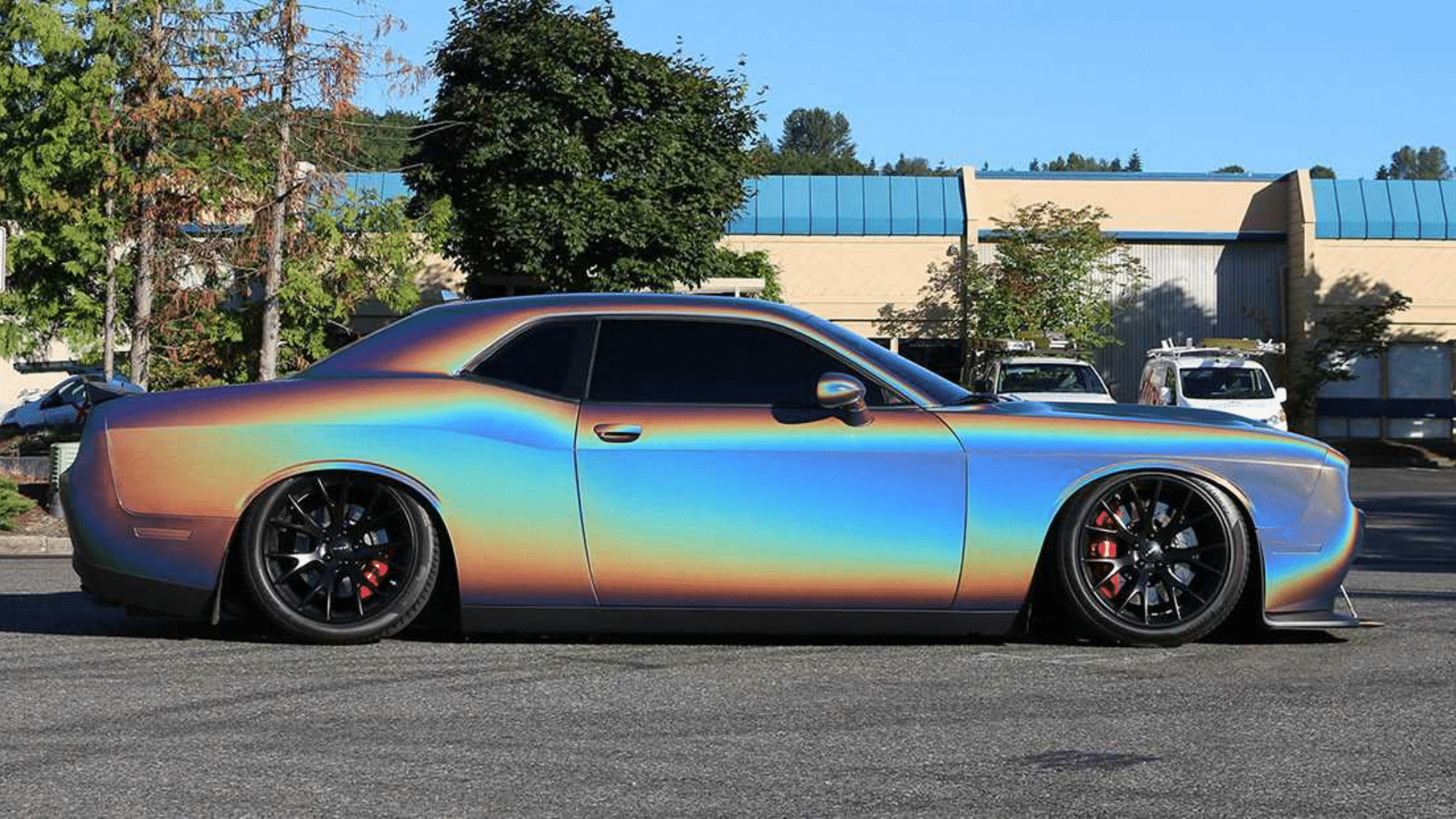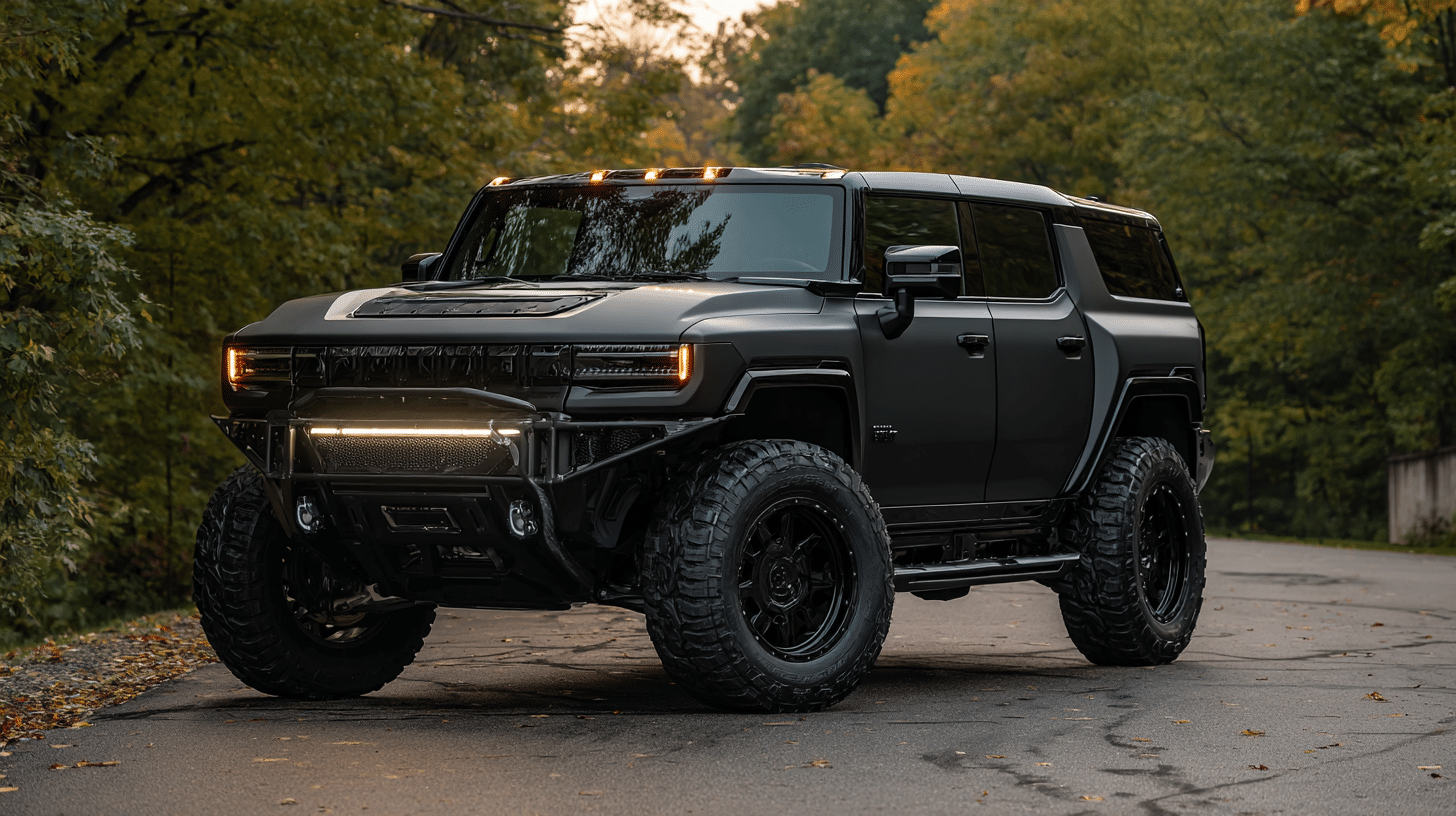The Volkswagen Santana, or VW Santana, was introduced in 2012 with a simple goal: to provide an affordable, reliable car for the Chinese market.
I’ve always found it interesting how Volkswagen focused on practicality over luxury, offering a spacious, easy-to-maintain vehicle that could stand the test of time.
While it wasn’t designed to turn heads, it quickly became a popular choice for those looking for a budget-friendly option.
Despite a few hiccups with unsold units, the Santana proved itself in smaller cities and towns, where its value and reliability were in high demand.
In this blog, we’ll take a closer look at what made the VW Santana a practical choice for many drivers.
Volkswagen Santana at a Glance
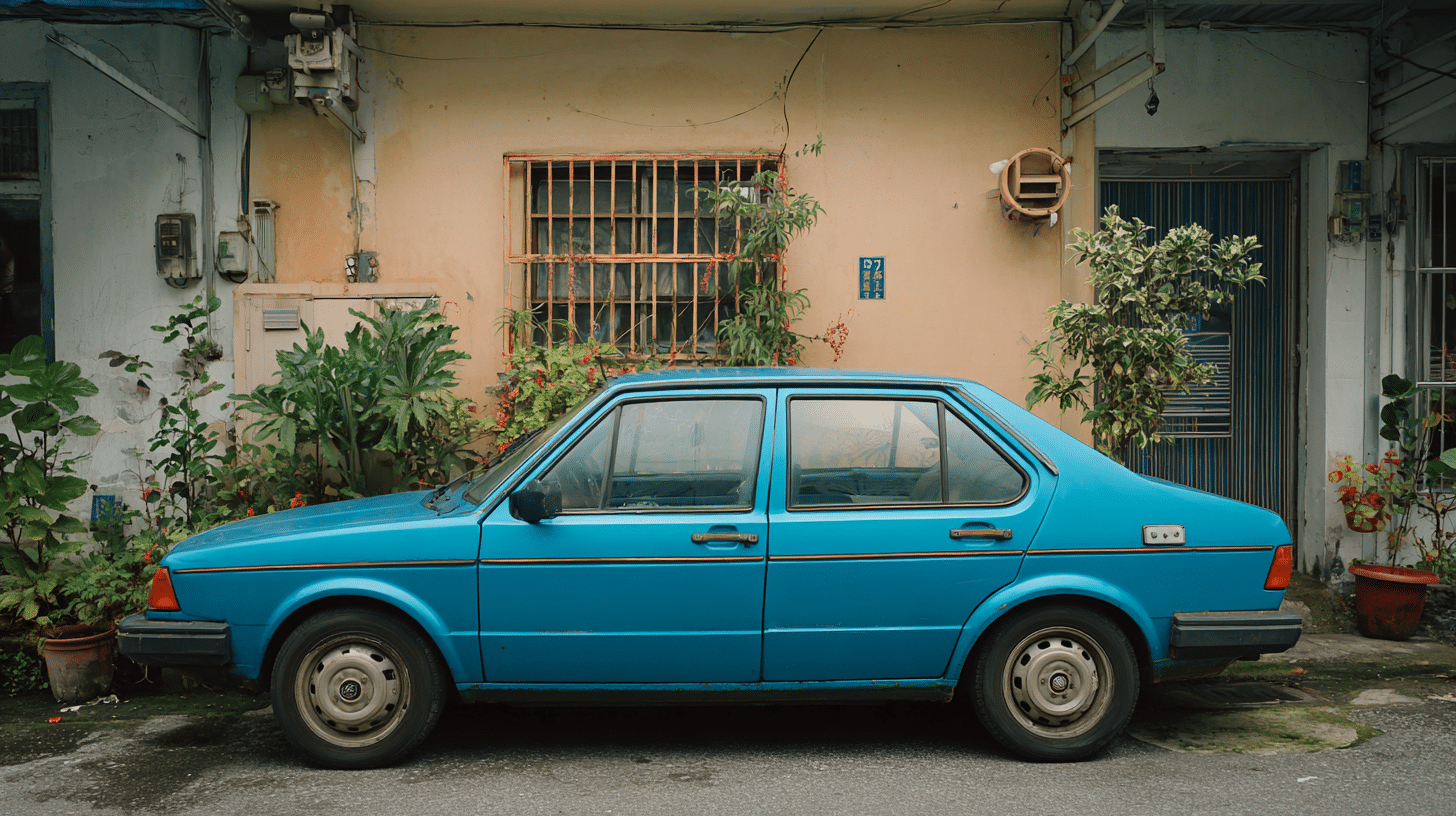
The Volkswagen Santana hit the scene in the early 1980s. It started as a version of the VW Passat but was simplified for affordability. Over time, it became more than just another sedan.
While the Santana had some traction in Europe and South America, it found its true home in Asia.
China, in particular, embraced it in a way few foreign cars ever were. Japan saw some success too, especially among those curious about European brands.
Today, the VW Santana is still being sold in places like the Philippines. It’s affordable, low on maintenance, and offers basic tech for everyday driving.
Current Model Snapshot (Philippines)
Out of all the countries where the Santana once made waves, the Philippines is one of the few where it’s still available brand new.
China is winding it down, and Japan hasn’t sold it in years. So if you’re looking for a current model, this is the version to look at.
| Feature | Specification |
|---|---|
| Engine | 1.4L MPI or 1.5L MPI |
| Transmission | 5-speed manual or 6-speed automatic |
| Fuel-saving Tech | BlueMotion Technology |
| Safety | ABS, front airbags, ISOFIX mounts |
| Interior | 7” touchscreen, leatherette seats (higher trims) |
| Price Range | Around PHP 686,000 to PHP 948,000 |
If you’re after a basic, budget-friendly sedan that handles the daily grind without fuss, the VW Santana still holds up.
The Cultural Impact of VW Santana in China
If you grew up in China or lived there for work like I did, chances are you’ve been inside a Santana at least once. In the 1990s and 2000s, it was the face of public transportation. Most taxis were VW Santanas. So were many police cars and government vehicles.
This is why it mattered:
- Affordable and reliable: Parts were cheap and easy to get.
- Simple design: Mechanics could fix them fast.
- Locally produced: SAIC Volkswagen started building them in 1983. That made them easier to buy and service.
For a lot of Chinese families, owning a Santana was a big step up. It wasn’t flashy, but it meant stability. Over the years, it quietly became a cultural icon.
VW Santana’s Role in Japan
In Japan, the Santana had a more niche presence. It launched in the 1980s and had some fans among drivers who wanted something different from Toyota or Nissan.
Volkswagen leaned into that by assembling some models locally in a deal with Nissan. They hoped the Santana could compete with sedans like the Bluebird or Toyota Corona.
It didn’t dominate the market, but it found a small, loyal base.
Today, some collectors in Japan still hunt for clean, early models. You’ll spot them at car meets or parked next to retro Euro imports.
2012 Volkswagen Santana: Practical and Affordable
The 2012 Volkswagen Santana was designed to be a practical, affordable car for the Chinese market.
- Focused on Simplicity: The Santana was designed to be roomy, simple, and easy to maintain, without fancy features.
- Unmet Expectations: Some brand-new 2012 Santanas were left unsold, found abandoned with unused plastic covers still on the seats.
- Popular in Smaller Markets: Despite the slow start, the Santana sold well in smaller cities and towns, where affordability mattered most.
Its focus on simplicity and low maintenance made it a solid choice for budget-conscious buyers.
Current Volkswagen Santana: Specs and Availability
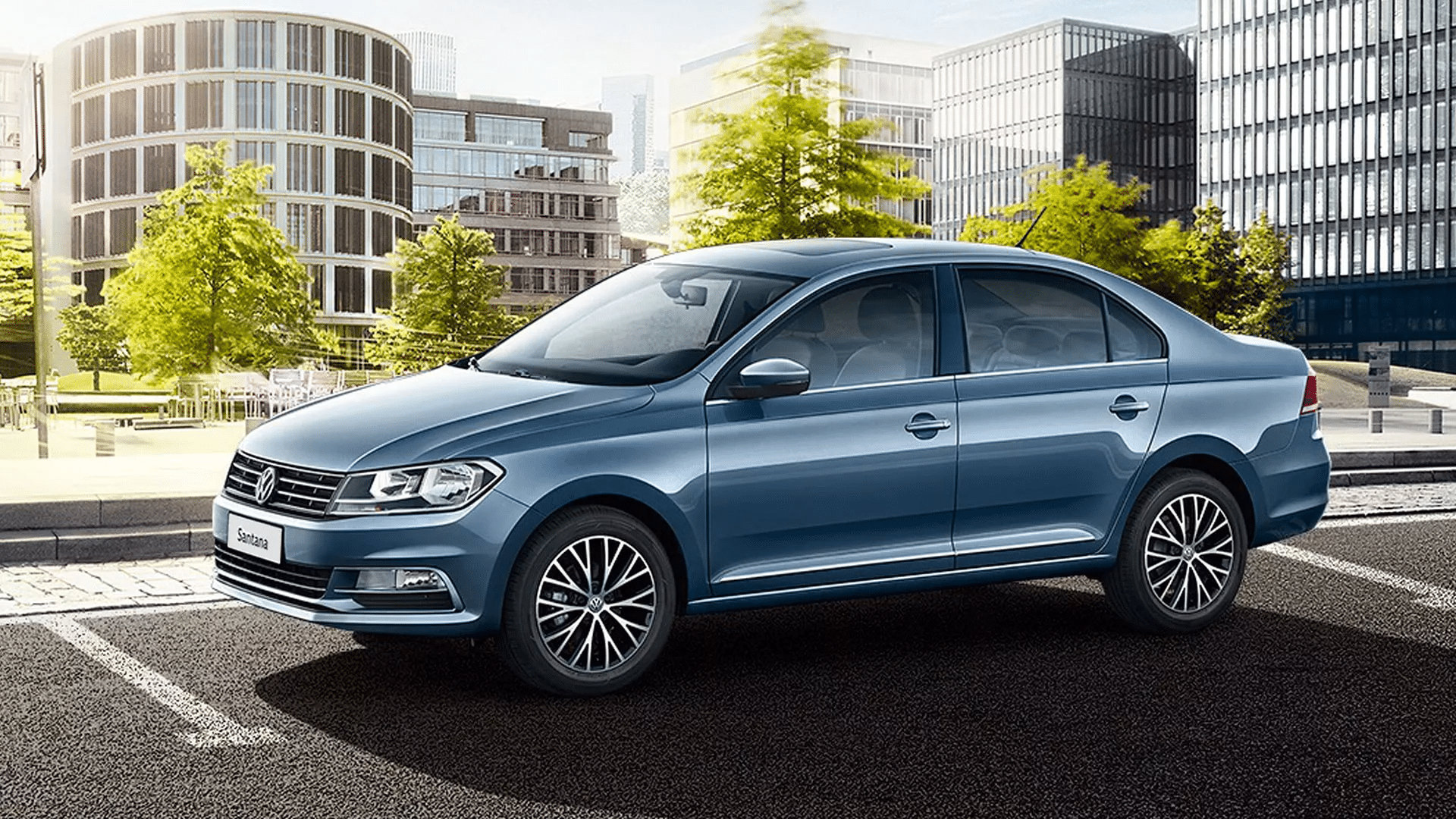
I got to test drive the latest VW Santana here in Manila. Honestly, it brought back memories of older cars as it was quiet, practical, and straightforward. No frills, but it gets the job done.
| Category | Details |
|---|---|
| Engine Choices | 1.4 MPI (manual) 1.5 MPI (automatic) |
| Transmission | 5-speed manual 6-speed automatic |
| Fuel Efficiency | Approx. 18 km/L (manual); lower for automatic |
| Interior Features | Basic air conditioning Touchscreen with Bluetooth Good legroom front and back |
| Safety Features | Front airbags ABS ISOFIX child seat mounts |
| Trim Options | 1.4 MPI MT (Base) 1.5 MPI AT Trendline 1.5 MPI AT Comfortline 1.5 MPI AT SE (Top-spec) |
| Use Case | Ideal for city driving, delivery work, or rideshare (Uber/Grab) |
It’s not a luxury car, but for everyday errands, deliveries, or ride-hailing use, the VW Santana still checks a lot of boxes. It’s built for folks who want reliability without extra cost or flash.
How Does VW Santana Compare in Today’s Market?
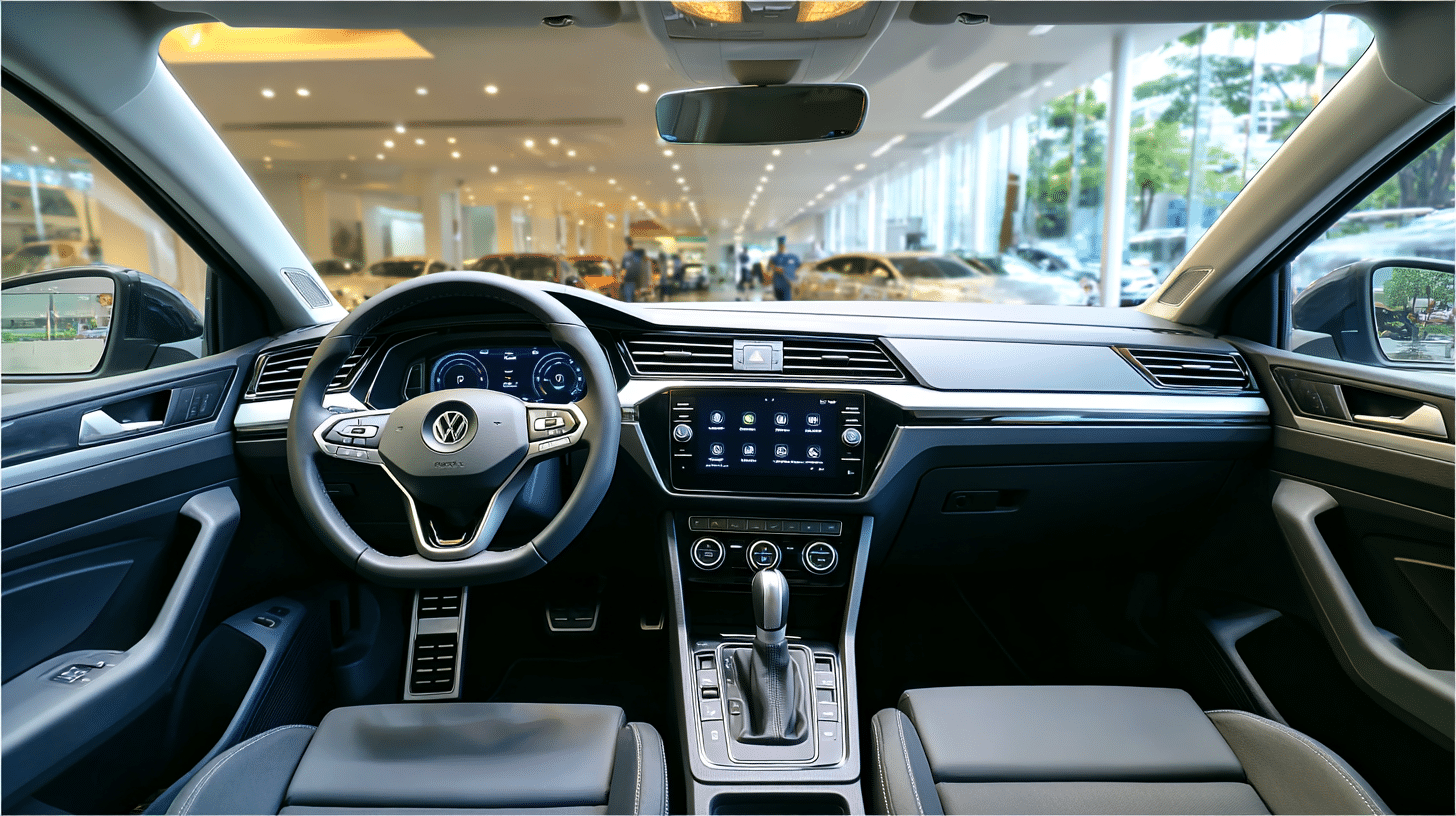
You’re probably wondering how the VW Santana stacks up against others in its price range. I looked at a few popular choices and compared them for you:
| Model | Strengths | Weaknesses |
|---|---|---|
| VW Santana | Lower starting price Simple to maintain German-style build |
Basic features Limited tech upgrades |
| Toyota Vios | Strong brand reputation High resale value |
Higher upfront cost Common styling |
| Honda City | Smooth ride quality More refined cabin |
Most expensive in the group |
| MG 5 | Packed with tech features Stylish design |
Mixed long-term reliability reports |
VW Santana in Context: The Santana is clearly positioned as the no-frills choice. It’s cheaper, easier to service, and built with a focus on practicality. It works especially well for drivers who want to keep things simple or run a business fleet.
Why Others Might Spend More: Drivers leaning toward the Toyota Vios or Honda City are often paying for reputation, smoother performance, or better resale. If that matters more than cost, those options make sense.
Where MG 5 Fits: The MG 5 targets younger buyers with tech and flair. But long-term reliability is still under review, especially in Southeast Asia.
For value-focused buyers, the VW Santana still holds its ground.
Where to Buy and After-Sales Support?
The VW Santana is currently available in the Philippines through Volkswagen dealerships located in Metro Manila, Cebu, and select provincial areas.
Availability may change depending on the branch, so it’s smart to call ahead or check their official site before visiting.
What You Get After Buying:
- Warranty: 3 years or 100,000 km (whichever comes first)
- Maintenance: Fixed-cost service schedules at authorized centers
- Parts: Readily available, locally sourced by VW Philippines
Resale values aren’t the strongest, but if you’re planning to keep it long-term, it offers solid value for the price.
VW Santana: Legacy and Sentimental Value
The VW Santana has a lasting legacy, especially in markets like China, where it became known for its reliability and practicality.
Introduced in 2012, it quickly gained popularity for offering a no-frills, affordable ride. While it wasn’t flashy, its spacious design and low maintenance made it a go-to car for many.
Over the years, the Santana became more than just a vehicle – it symbolized a dependable option in a fast-changing market.
Today, its sentimental value remains strong for those who appreciated its simplicity and value, proving that sometimes, practicality is more cherished than luxury.
What’s Next for the Santana Line?
There are whispers that the VW Santana might be phased out soon. The market’s shifting to crossovers, hybrids, and EVs.
So far, there’s no electric Santana in the works. VW seems focused on models like the ID series.
But if there’s still demand for affordable sedans in Southeast Asia, the Santana, or something like it, could stick around.
Final Thoughts
If you came here wondering if the Volkswagen Santana is just an old memory or still a smart choice today, I hope you’ve got your answer.
From taxis in Shanghai to first cars in Manila, the VW Santana has left its mark. It’s still around, still practical, and still affordable.
Now you know where it stands in today’s market, how it compares, and why people still care about it.
If you’re thinking about buying or just looking back, I hope this gave you everything you needed.


